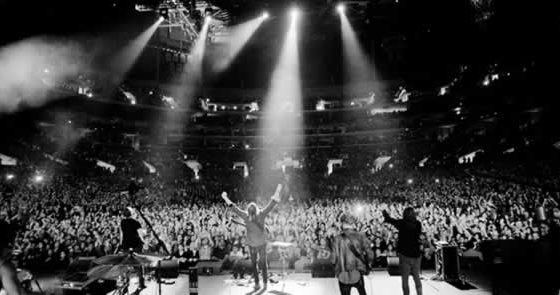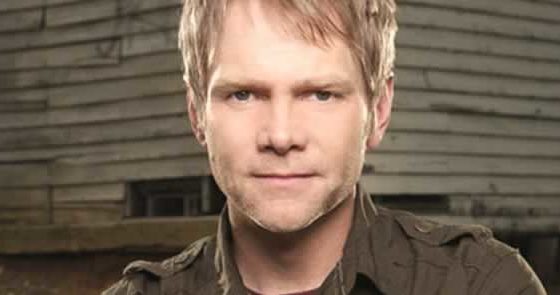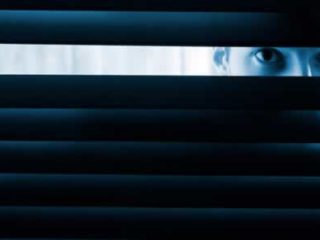Are you going to Narnia? Take me along with you.”
So begins The Roar of Love, the seminal Christian vocal group 2nd Chapter of Acts’ tribute to the C.S. Lewis classic The Lion, the Witch and the Wardrobe. The group paved the way for a long line of Christian artists to express their fascination with the epic story through song; and the reason, if you don’t know it already, is simple. It’s the same tingle of mystery found in a gentle snowfall, a first kiss or a beautiful piece of music. It’s just magic.
Who doesn’t want to go to Narnia, the mystical land where it is always winter but never Christmas? Tumnus, the Beavers, Turkish Delight, glorious battles — it’s all waiting for us just beyond the heavy, wooden wardrobe door. And just when it seemed talking beasts would be forever trapped in our imaginations, the tale is about to come alive for the first time on the big screen — and it arrives, with a gust of cold air, just in time for Christmas.
The cinematic The Chronicles of Narnia: The Lion, the Witch and the Wardrobe is the brainchild of entertainment giants Walden Media and Walt Disney Studios, which have joined forces and pooled their resources (Reportedly the film’s budget exceeded $160 million.) to ensure Lewis’ beloved story gets the royal treatment it deserves. Attention, all fantasy junkies who have experienced severe withdrawal symptoms since the final installment of the “Lord of the Rings” trilogy: This is the kind of sweeping adventure you’ve been waiting for.
And all you Narnia purists have cause to rejoice as well. Lewis’ stepson, Douglas Gresham, acted as co-producer of the film and maintained tight creative control over the project. He vowed not to “change the words of the master,” and, indeed, Disney’s producer/director Rick Dempsey commented they couldn’t sneeze without getting Gresham’s OK.
“I think I have made something of a nuisance of myself since day one,” Gresham laughs. “As co-producer of the movie, and creative and artistic director of the C.S. Lewis Company, it is my responsibility to ensure that everything in the movie, and in all the ancillary products and merchandise that go with it, is Narnian where it is Narnian, if you see what I mean. The creatures of Narnia must be Narnian creatures. They must look Narnian; they must feel Narnian. That’s where I come in. I grew up in Narnia, in a sense.
“It is a huge challenge to all of us,” he continues, “because one of the hallmarks of “The Chronicles” is that anyone and everyone who has read these books has formed in their minds a firm image of what Narnia looks like, what the characters look like and how they behave. Our challenge as filmmakers has been to make a movie that fulfills or exceeds the imagery in your own mind, but we have such a wonderful team that I think we have achieved it.”
The Chronicles of Narnia is indeed a film of mythic proportions, not only in its storyline but in its production. A global undertaking, the movie was shot on location in England, New Zealand and Eastern Europe. The special effects wizards at WETA, a comprehensive film and television effects facility in New Zealand (that also handled the FX on the “Lord of the Rings” trilogy), spent enormous resources creating Narnia’s mythical creatures. With more than 1,600 visual effects, The Chronicles of Narnia is one of the most effects-laden films in history. Yet producer Mark Johnson says he refused to allow the spectacle to overshadow the story.
“The things that stood out for me were the smaller moments, the emotional moments, the story moments,” he says. “We wanted to make sure we got the story right. I’ve done a lot of films based on books, but I’ve never felt the responsibility to get it right like I have on this project.”
It’s certain that a collective sigh of relief can be heard from Narnia fans around the world. This adaptation of their venerated tale is the real thing.
Copyright © 2005 CCM Magazine, Used by Permission











